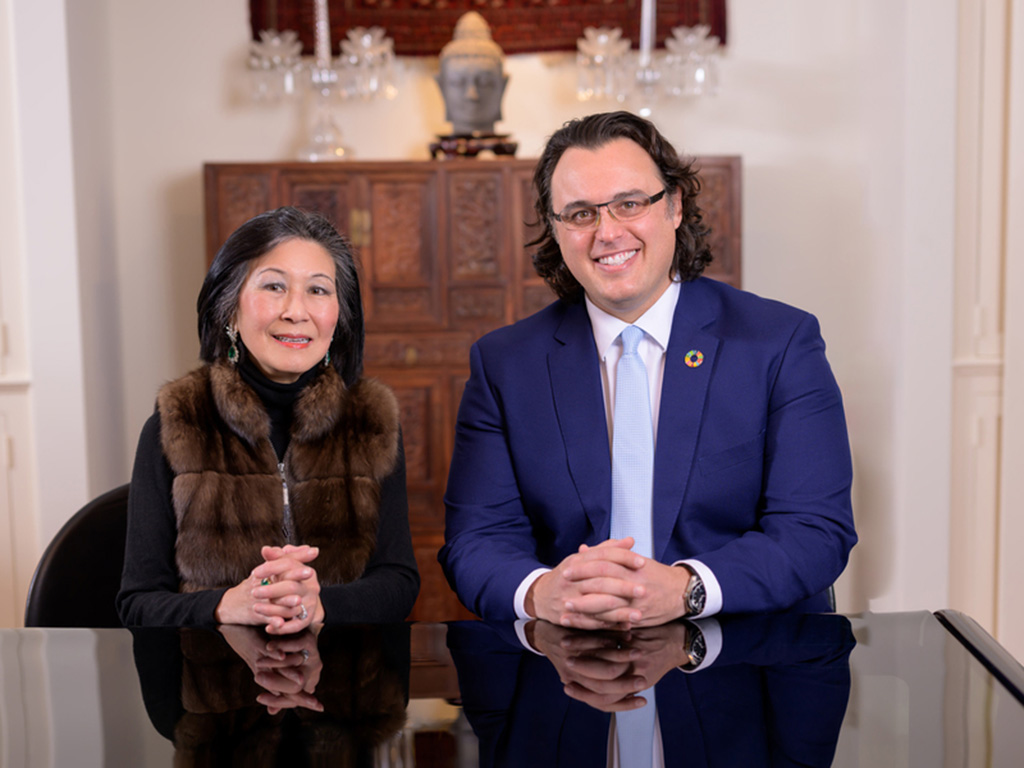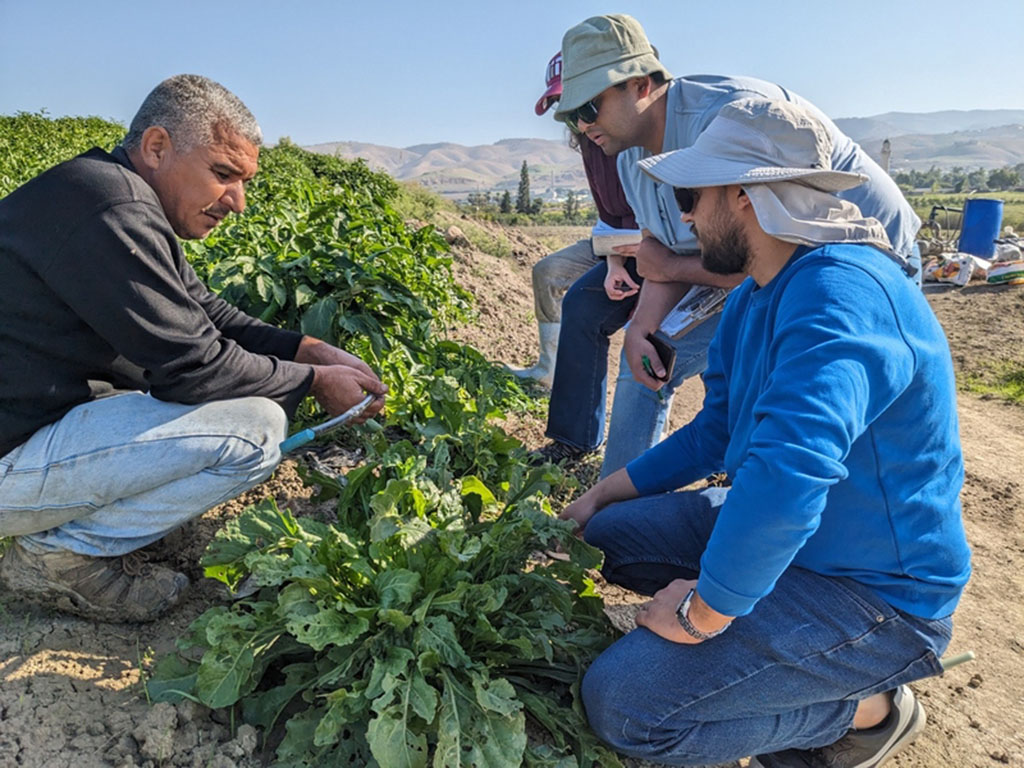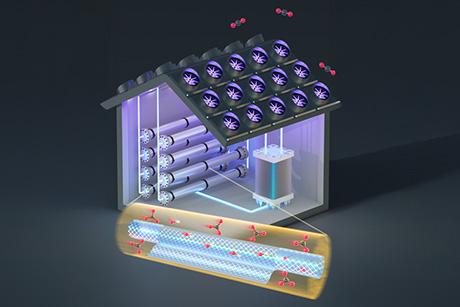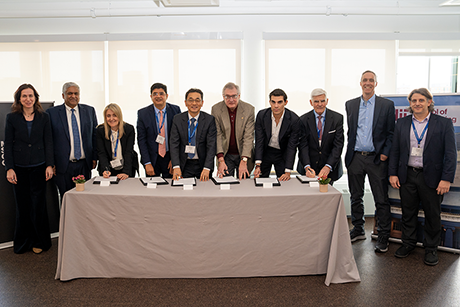K. Lisa Yang Global Engineering and Research Center will prioritize innovations for resource-constrained communities
Billions of people worldwide face threats to their livelihood, health, and well-being due to poverty. These problems persist because solutions offered in developed countries often do not meet the requirements — related to factors like price, performance, usability, robustness, and culture — of poor or developing countries. Academic labs frequently try to tackle these challenges, but often to no avail because they lack real-world, on-the-ground knowledge from key stakeholders, and because they do not have an efficient, reliable means of converting breakthroughs to real-world impact.
The new K. Lisa Yang Global Engineering and Research (GEAR) Center at MIT, founded with a $28 million gift from philanthropist and investor Lisa Yang, aims to rethink how products and technologies for resource-constrained communities are conceived, designed, and commercialized. A collaboration between MIT’s School of Engineering and School of Science, the Yang GEAR Center will bring together a multidisciplinary team of MIT researchers to assess today’s most pressing global challenges in three critical areas: global health, climate change mitigation and adaptation, and the water-energy-food nexus.
“As she has shown over and over through her philanthropy, Lisa Yang shares MIT’s passion for connecting fundamental research and real-world data to create positive impact,” says MIT president Sally Kornbluth. “I’m grateful for her powerful vision and incredible generosity in founding the K. Lisa Yang GEAR Center. I can’t imagine a better use of MIT’s talents than working to improve the lives and health of people around the world.”
Yang’s gift expands her exceptional philanthropic support of human health and basic science research at MIT over the past six years. Yang GEAR Center will join MIT’s Yang Tan Collective, an assemblage of six major research centers focused on accelerating collaboration in basic science, research, and engineering to realize translational strategies that improve human health and well-being at a global scale.
“Billions of people face daily life-or-death challenges that could be improved with elegant technologies,” says Yang. “And yet I’ve learned how many products and tools created by top engineers don’t make it out of the lab. They may look like clever ideas during the prototype phase, but they are entirely ill-suited to the communities they were designed for. I am very excited about the potential of a deliberate and thoughtful engineering effort that will prioritize the design of technologies for use in impoverished communities.”
Cost, material availability, cultural suitability, and other market mismatches hinder many major innovations in global health, food, and water from being translated to use in resource-constrained communities. Yang GEAR Center will support a major research and design program with its mission to strategically identify compelling challenges and associated scientific knowledge gaps in resource-constrained communities then address them through academic innovation to create and translate transformative technologies.
The center will be led by Amos Winter, associate professor of mechanical engineering, whose lab focuses on creating technologies that marry innovative, low-cost design with an in-depth understanding of the unique socioeconomic constraints of emerging markets.
“Academia has a key role to play in solving the historically unsolvable challenges in resource-constrained communities,” says Winter. “However, academic research is often disconnected from the real-world requirements that must be satisfied to make meaningful change. Yang GEAR Center will be a catalyst for innovation to impact by helping colleagues identify compelling problems and focus their talents on realizing real-world solutions, and by providing mechanisms for commercial dissemination. I am extremely grateful to find in Lisa a partner who shares a vision for how academic research can play a more efficient and targeted role in addressing the needs of the world’s most disadvantaged populations.”
The backbone of the Yang GEAR Center will be a team of seasoned research scientists and engineers. These individuals will scout real-world problems and distill the relevant research questions then help assemble collaborative teams. As projects develop, center staff will mentor students, build and conduct field pilots, and foster relationships with stakeholders around the world. They will be strategically positioned to translate technology at the end of projects through licensing and startups. Center staff and collaborators will focus on creating products and services for climate-driven migrants, such as solar-powered energy and water networks; technologies for reducing atmospheric carbon and promoting the hydrogen economy; brackish water desalination and irrigation solutions; and high-performance, global health diagnostics and devices.
For instance, a Yang GEAR Center team focused on creating water-saving and solar-powered irrigation solutions for farmers in the Middle East and North Africa will continue its work in the region. They will conduct exploratory research; build a team of stakeholders, including farmers, agricultural outreach organizations, irrigation hardware manufacturers, retailers, water and agriculture scientists, and local government officials; design, rigorously test, and iterate prototypes both in the lab and in the field; and conduct large-scale field trials to garner user feedback and pave the way to product commercialization.
“Grounded in foundational scientific research and blended with excellence in the humanities, MIT provides a framework that integrates people, economics, research, and innovation. By incorporating multiple perspectives — and being attentive to the needs and cultures of the people who will ultimately rely on research outcomes — MIT can have the greatest impact in areas of health, climate science, and resource security,” says Nergis Mavalvala, dean of the School of Science and the Curtis and Kathleen Marble Professor of Astrophysics.
An overarching aim for the center will be to educate graduates who are global engineers, designers, and researchers positioned for a career of addressing compelling, high-impact challenges. The center includes four endowed Hock E. Tan GEAR Center Fellowships that will support graduate students and/or postdoctoral fellows eager to enter the field of global engineering. The fellowships are named for MIT alumnus and Broadcom CEO Hock E. Tan ’75 SM ’75.
“I am thrilled that the Yang GEAR Center is taking a leading role in training problem-solvers who will rethink how products and inventions can help communities facing the most pressing challenges of our time,” adds Anantha Chandrakasan, dean of the School of Engineering and the Vannevar Bush Professor of Electrical Engineering and Computer Science. “These talented young students, postdocs, and staff have the potential to reach across disciplines — and across the globe — to truly transform the impact engineering can have in the future.”




